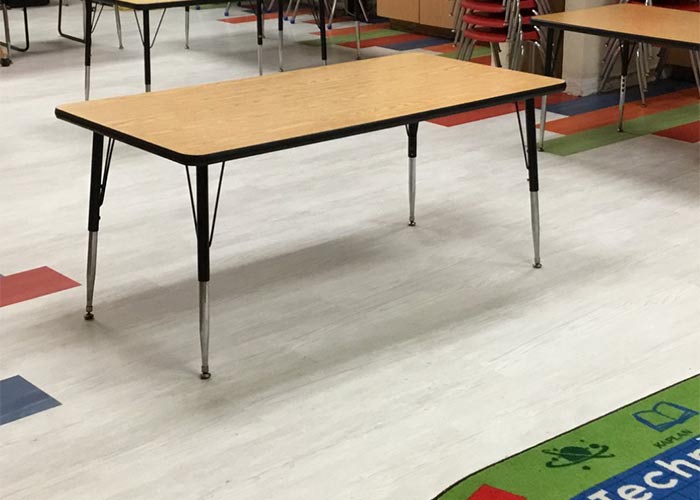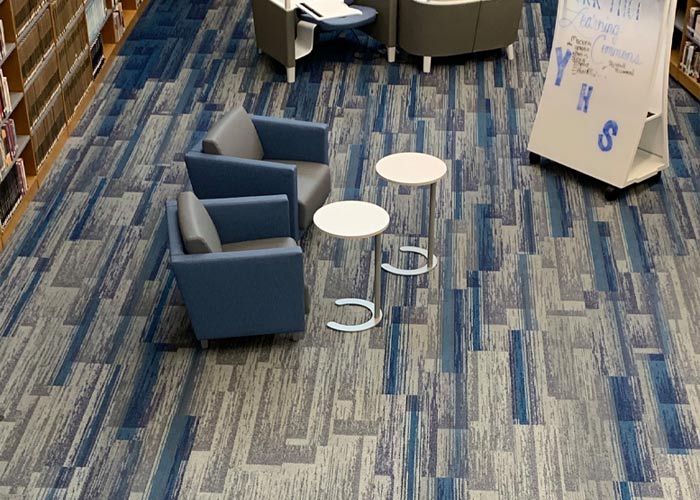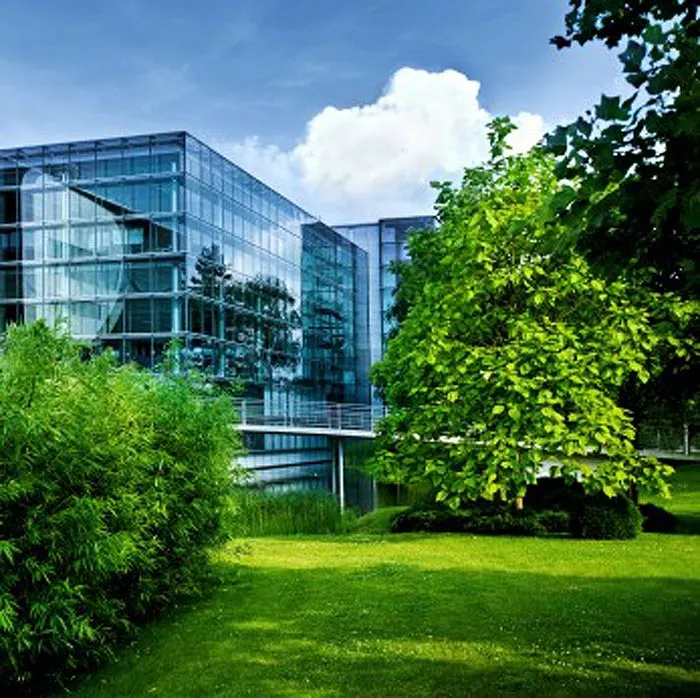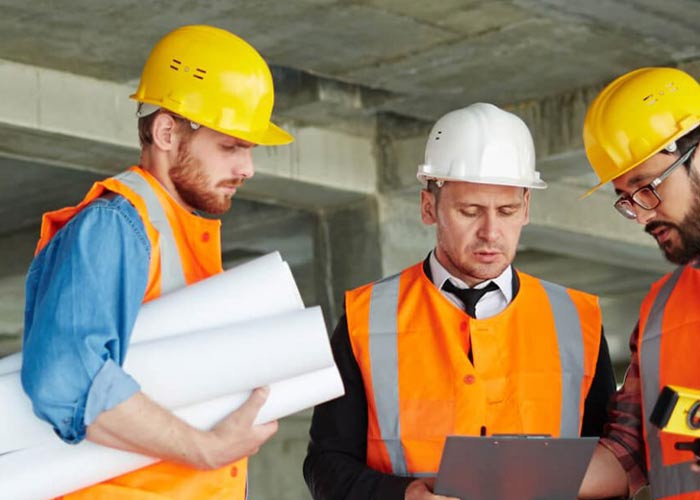Green Building BenefitsReclamationLEEDGreen Commercial Services FAQs Cherry Carpet can incorporate Green Building Principles into every service aspect of the flooring life-cycle. The benefits of the services we provide include the following: Reduce premature replacement of your flooring products. By properly specifying and then maintaining your flooring you not only extend the life of your investment, but reduce the need for premature replacement and the consumption of raw materials to produce new products. Once a product is selected, through the use of computerized estimating, project management and installation, projects can be managed, thereby reducing waste. Through our CARE membership, we support the CARE mission to increase carpet recycling, and develop products made from post consumer carpet. For more information, please visit https://carpetrecovery.org/. LEED is transforming the marketplace by providing a nationally recognized certification system to promote integrated, whole-building design practices in the building industry. The system is based on achieving a certain amount of points, which are allocated for design choices defined with the standard. Flooring products and installation materials can contribute to earning points in two of the five LEED categories. LEED is a third-party certification program and the nationally accepted benchmark for the design, construction and operation of high performance green buildings. LEED gives building owners and operators the tools they need to have an immediate and measurable impact on their buildings' performance. LEED promotes a whole-building approach to sustainability by recognizing performance in five key areas of human and environmental health: sustainable site development, water savings, energy efficiency, materials selection and indoor environmental quality. Architects, real estate professionals, facility managers, engineers, interior designers, landscape architects, construction managers, lenders and government officials all use LEED to help transform the built environment to sustainability. State and local governments across the country are adopting LEED for public-owned and public-funded buildings; there are LEED initiatives in federal agencies, including the Departments of Defense, Agriculture, Energy, and State; and LEED projects are in progress worldwide. View more answers about LEED in our Green Commercial Services FAQ section.


Green Building Benefits
Incorporating Green Building Principles into a new or existing commercial building can provide an owner/occupant with compelling environmental, economic, and social benefits.
Environmental
Economic
Environmental
Social Benefits
By working with Cherry Carpet to apply these Green Building Principles in to your flooring project, you can maximize both economic and environmental performance. Green construction methods can be integrated into buildings at any stage, from design and construction, to renovation and deconstruction.

Reclamation
Cherry Carpet promotes sustainable business practices throughout its organization by taking a holistic approach to the environment and our goal of sustainability. Our membership in the ReSource Commercial Flooring Network gives us access to the Ecollect™ program, which helps everyone involved with a flooring project achieve a more sustainable solution.
Sustainability Extends Beyond Products
When selecting products for a project, in addition to recycled content, we consider manufacturers that use innovative energy practices and processes that reduce or recycle manufacturing waste material.
Reduce Waste with Technology and Project Management
Computer estimating allows us to automate the estimation process improving accuracy and turnaround time, while minimizing material waste and added cost before the order is ever placed. Floor plans are transmitted electronically, thus eliminating paper plans and emissions generated while transporting project plans to and from customer facilities.
Carpet America Recovery Effort (CARE)
Carpet America Recovery Effort (CARE) is a joint industry-government effort to increase the amount of recycling and reuse of post-consumer carpet and reduce the amount of waste carpet going to landfills. CARE's Dealer Membership Program is designed for residential and commercial carpet dealers across the US.

LEED
The Leadership in Energy and Environmental Design (LEED) Green Building Rating System is a voluntary, consensus-based standard to support and certify successful green building design, construction and operations.
Sustainable, reclamation, recycling, and environmental stewardship are new terms that we hear daily.
Environmental awareness can transform the way buildings and communities are designed, built and operated, enabling an environmentally and socially responsible, healthy, and prosperous environment that improves the quality of life.
Our Frequently Asked Questions section provides you with answers.
The energy used to heat and power our buildings leads to the consumption of large amounts of energy, mainly from burning fossil fuels - oil, natural gas and coal - which generate significant amounts of carbon dioxide (CO2), the most widespread greenhouse gas. Buildings in the U.S. contribute 38.1 percent of the nation's total carbon dioxide emissions.
Reducing the energy use and greenhouse gas emissions produced by buildings is therefore fundamental to the effort to slow the pace of global climate change. Buildings may be associated with the release of greenhouse gases in other ways, for example, construction and demolition debris that degrades in landfills may generate methane, and the extraction and manufacturing of building materials may also generate greenhouse gas emissions.
Buildings and development have significant environmental impacts on our natural resources. The following statistics are from surveys and studies conducted by the EPA and other federal agencies:
Perhaps surprisingly, good green buildings often cost only a few percentage points or no more to build than conventional designs. Integrated design processes that identify the most efficient, holistic approaches to building green can reduce these initial costs. For example, in some cases, when buildings are carefully designed to be energy efficient, heating/ventilation/air conditioning (HVAC) equipment can be downsized for significant savings. There are also many green products and materials that cost the same or even less than conventional ones.
There are some federal tax credits for specific energy efficiency projects in buildings. More and more state, county and city governments are beginning to introduce and pass legislation establishing green building tax benefits.
Check with your local and states governments to see what is available in your area.
Well-designed, constructed, operated and maintained green buildings can have many benefits, including durability; reduced costs for energy, water, operations and maintenance; improved occupant health and productivity; and the potential for greater occupant satisfaction than standard developments.
A green building may cost more up front, but can save money over the life of the building through lower operating costs. These savings may be more apparent through life-cycle assessment (LCA).
Cost savings are most likely to be fully realized when incorporated at the project's conceptual design phase with the assistance of an integrated team of building professionals. The integrated systems approach aims to design the building as one system rather than a collection of potentially disconnected systems.
Smart growth is development that serves the economy, the community, and the environment by supporting healthy communities while creating economic development and jobs. Sustainability, or sustainable development, is the ability to achieve continuing economic prosperity while protecting the natural systems of the planet and providing a high quality of life for its people.
Green building fits nicely with these concepts, as it promotes building practices that conserve energy and water resources, and are accessible to public transportation.
Buildings have an enormous impact on the environment, human health, and the economy. The successful adoption of green building strategies can maximize both the economic and environmental performance of buildings. Research continues to identify and clarify all of these benefits and costs of green building, and of how to achieve the greatest benefits at the lowest costs.
Any type of building has the potential to become a green or sustainable building, however every building type has different design and efficiency needs depending on its particular function. New buildings may be designed, built and operated to be green buildings. Existing building can also become green through remodeling, retrofitting and improved operations.
Green building – also known as sustainable or high performance building – is the practice of increasing the efficiency with which buildings and their sites use and harvest energy, water, and materials, as well as protecting and restoring human health and the environment, throughout the building life-cycle.
A green building is a structure that is environmentally responsible and resource-efficient throughout its life-cycle. These objectives expand and complement the classical building design concerns of economy, utility, durability, and comfort.
Green buildings are designed to reduce the overall impact of the built environment on human health and the natural environment by:
For example, green buildings may incorporate sustainable materials in their construction (e.g., reused, recycled-content, or made from renewable resources), and/or create healthy indoor environments with minimal pollutants (e.g., reduced product emissions).
Only buildings (not floors) can be LEED® certified, but flooring can contribute to earning LEED® credits.
The USGBC® (United States Green Building Council) developed the LEED® (Leadership in Energy and Environmental Design) rating system to provide a national standard for green building design. The system is based on achieving a certain number of points, which are allocated for design choices defined within the standard. The points are accrued within specific credits. Flooring products and installation materials can contribute to earning points in two of the five LEED® categories (Materials and Resources and Indoor Environmental Quality), and in the bonus category Innovation and Design Process. Note: No single flooring product can, by itself, obtain a LEED® credit. Products can, in-aggregate, contribute to attaining credits.
LEED-NC® (New Construction and Major Renovations) and LEED-CI® (Commercial Interiors).
LEED-NC® and LEED-CI® are two programs where flooring can play a role in earning LEED® points.
LEED-NC® has performance criteria that apply to commercial and institutional buildings that are either new or undergoing major renovations. LEED-CI® is a program designed to address the specifics of tenant spaces primarily in office and institutional buildings. Materials and Resource credits are mainly based on the cost of the material and the relative percentages that those materials contribute to the overall budget of the project.
LEED-NC® programs will typically have budgets that range from $120 to $400/sf. Flooring materials typically average between $2.00 to $8.00/sf. On an entire building floor covering is only a fraction of the costs associated with the materials. Therefore, differences of minor percents when calculating recycled content do not necessarily have significant impacts on LEED-NC® calculations.
LEED-CI® programs typically have budgets that range from $30 to $150/sf. Flooring materials typically average between $2.00 to $8.00/sf. On a commercial interior project, floor covering may be a major component of the costs associated with the materials. Therefore, it is very important to review the impacts varying recycled content percentages and their overall impact on LEED-NC® calculations.
More Questions? Send Message

Proud Member Of The Fuse Commercial Flooring Alliance
We are a proud member of the Fuse Commercial Flooring Alliance, the premier commercial flooring network in existence today. Fuse offers an umbrella of products & services to support your project needs while helping us stay on top of our game. Fuse has 106 US members, 11 Canadian members, 11 FSA members and 220 locations. We’re part of a national material collection & recycling program, and we offer enhanced relationships with he most recognized suppliers & manufacturers in the flooring industry.